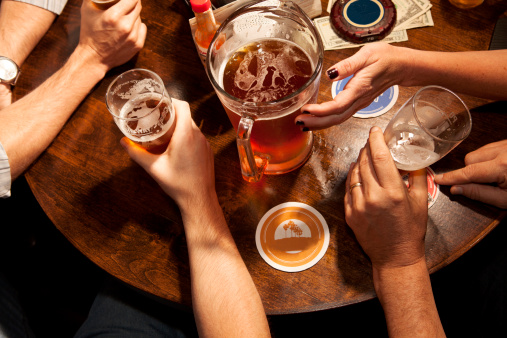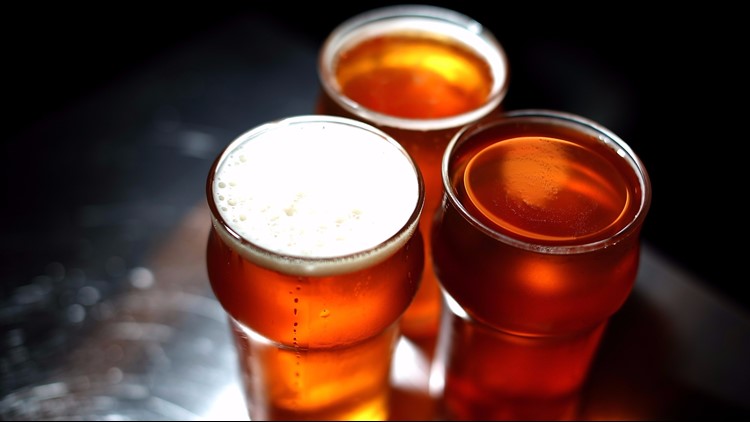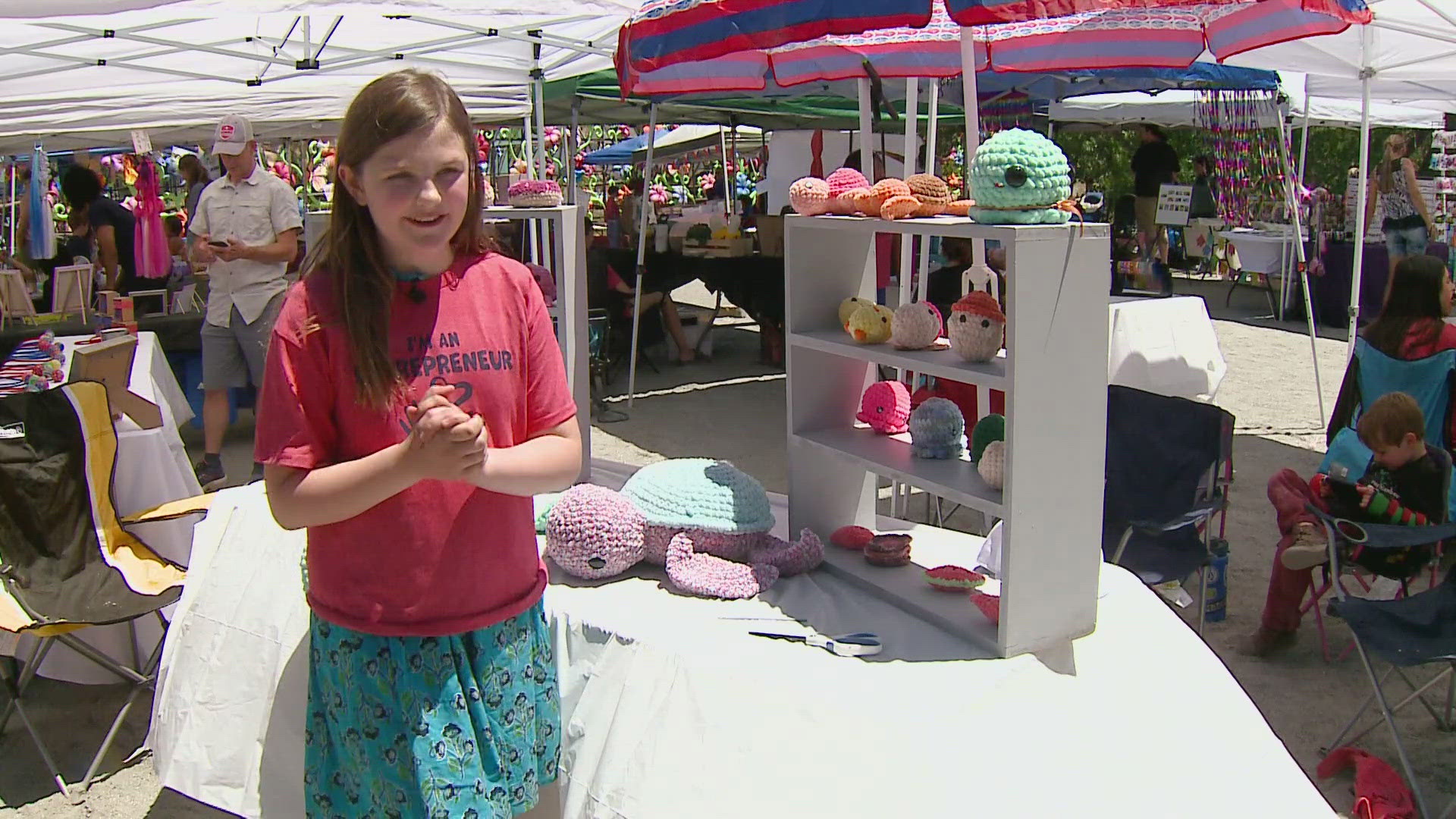Around Super Bowl weekend, you’re bound to see or read the claim that Americans will consume 325 million gallons of beer on game day.
It’s been repeated in the news for years, despite being impossible.
University of Denver professor Philip Beaver calls the claim ridiculous. On his way to becoming a professor of business analytics at DU, he earned his Ph.D. in mathematics. So debunking the figure came easy to him.
“Right now the population of the U.S. is about 325 million, so that’s one gallon per every man, woman and child in the United States,” Beaver said.

“For the last five or six years, Super Bowl viewership has hovered somewhere around 110 million,” Beaver said. “That’s three gallons of beer per every Super Bowl viewer. That’s like 32 beers or so.”
When asked to calculate a more accurate figure, Beaver avoided making an estimation based on gallons.
“Everyone can make their own estimate,” Beaver said. “Just take 110 million viewers and estimate how many beers the average viewer drinks.” Beaver guessed that would be about three beers.
“Every person who doesn’t drink, there’s somebody who’s drinking a six pack – which is not unusual during the Super Bowl,” Beaver said.
The 325 million figure often gets lumped in with similar claims about consumption habits on Super Bowl Sunday – in particular about the number of avocados and chicken wings consumed – that Beaver says are corroborated by their respective industries.

And that may be why news outlets and consumers end up accepting the bogus beer figure as fact.
“Of course the number is absurd but when it’s with a bunch of other good numbers and nobody checks it, then it just gets a life of its own,” Beaver said.
The earliest reference of the claim is from 2014 and cites a study by Stevens Institute of Technology in Hoboken, New Jersey. The college’s website doesn’t feature the study, and a spokesperson for the school said it might not have been an “actual study.” Whatever that means.
“You do the math and it’s absurd,” Beaver said. “I think the public has a responsibility to yes, trust, but verify.”
UPDATE: A spokeswoman from Stevens Institute of Technology clarified the 325 million gallon figure was cited as early as 2010.
In 2014, the college used the figure to calculate how many Olympic-sized swimming pools it could fill. From there, it appears future references of the original claim were attributed to the college.



